Thin, thicker and the thickest
Article 31 January 2019
Find out why cable conductor diameter is important to get maximum performance
Have you ever thought why LAN cables of the same category can differ in price so much? We can say more – they differ in performance as well.
Let us fill you in on why it happens and which factors are largely responsible for it.
Сonductor diameter size contributes to the price to a big extent, that is why it stays ahead of other factors when comes to the pricing strategy of a manufacturer. Сonductor diameter can be measured in two different systems:
- AWG - American wire gauge. This measurement has an allowance (margin) of +/- 5% from the original size indicated in millimeters. It is currently the most commonly used system all around the world.
- Millimeters - It is the exact physical conductor size and is principally used in the pro-fessional field when it comes to scrutinizing the specification.
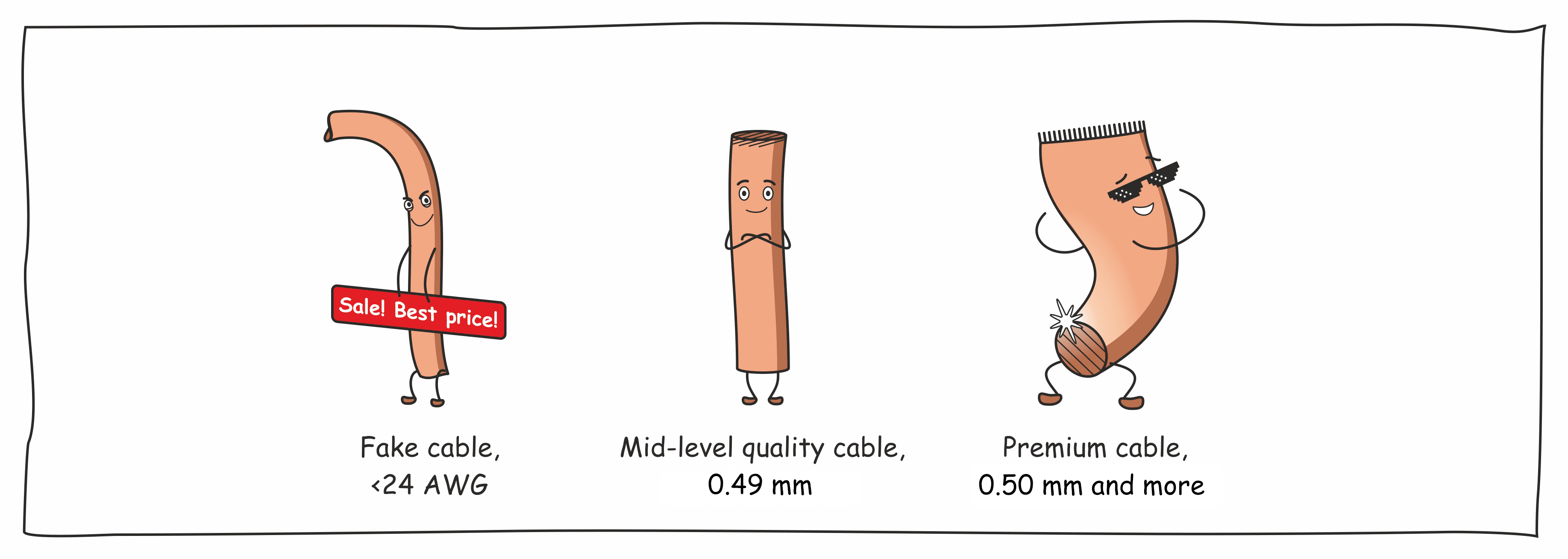
The industry standard size for cables of category 5e is 24 AWG, which is equivalent to 0,51 mm, but the exact size of the conductor can vary from 0,4845 mm to 0,5355 mm due to allowance. The numbers are so small and visual difference in cable with 0,4845 mm conductor and 0,5355 mm conductor is not easily recognizable with bare eye. Thus, many manufacturers just go the easiest (and the cheapest) way and produce cables with the minimum possible conductor diameter (around 0,485-0,490 mm) which still meets the 24 AWG standard.
You may ask:
- How does this information help me to choose right cable?
- Do all LAN cables of the same AWG size have the same performance?
- What makes a real difference between cables with thick conductor (>0,5 mm) and thinner ones (0,485-0,500 mm)?
The thicker the conductor diameter is, the more secure you feel regarding your cable performance during the entire period of using it (the maximum duration is normally capped at 25 years). Here are some pros of paying for a thicker cable, like extended margins for several parameters:
High margin of transmission performance:
- Insertion loss (attenuation) means how much signal power is being reduced while passing through the cable line. In a cable with high transmission performance margin the signal will attenuate evenly and slowly with length increase, thus making it possible to arrange long dis-tance and workable cable links (taking into account other parameters).
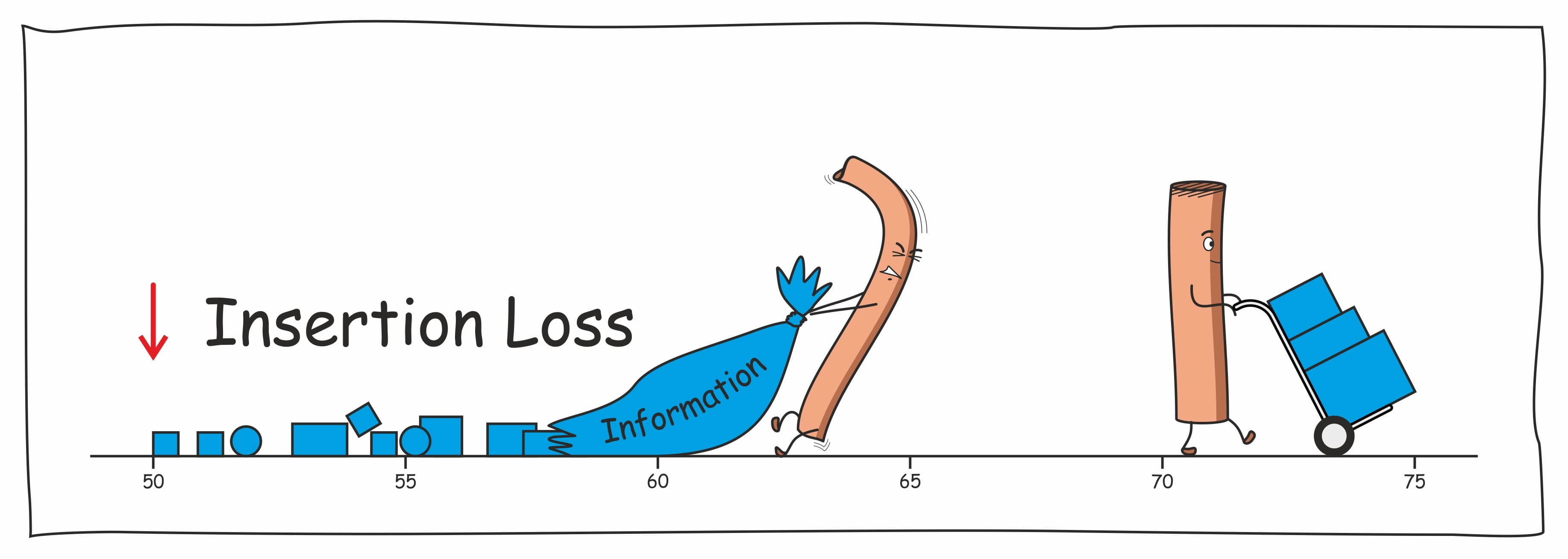
- Return loss is a measure of all signals reflected back from far end to transmitter. The larger number of return loss means the higher margin there is. A cable with high margin of return loss is of better quality with homogeneous and even twist pitch. The higher the margin of re-turn loss is, the lower the crosstalk will be subjected to the desired signal, which is transmitted over adjacent pairs.
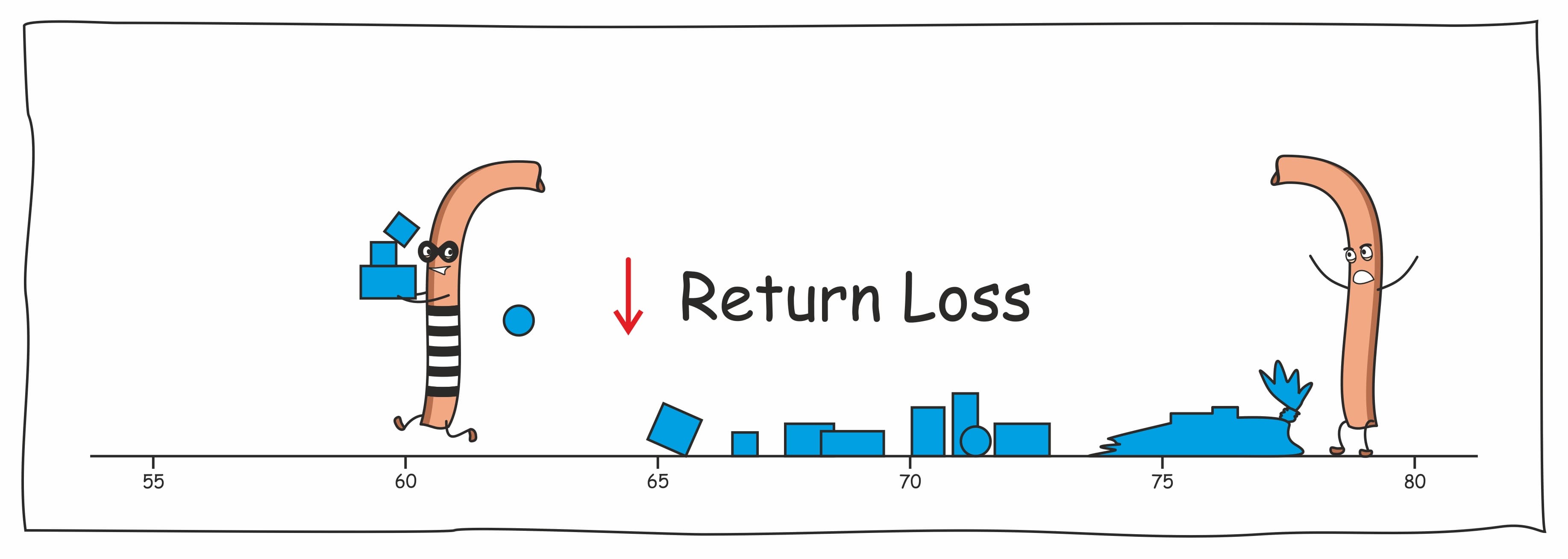
High quality cable is less strict about installer’s competence (it is able to conceal installer’s mistakes)
Elementary level installer can make classical mistakes such as violation of the MBR (minimum bend radius), cable fractures, overtightened cable ties, and long untwisted pair length before termination point. A cable having big margin of the transmission performance can “conceal” all these mistakes while being tested in accordance with a certain test limit (e.g. Permanent Link), thus decreasing its transmission performance margin but still demonstrating positive result.
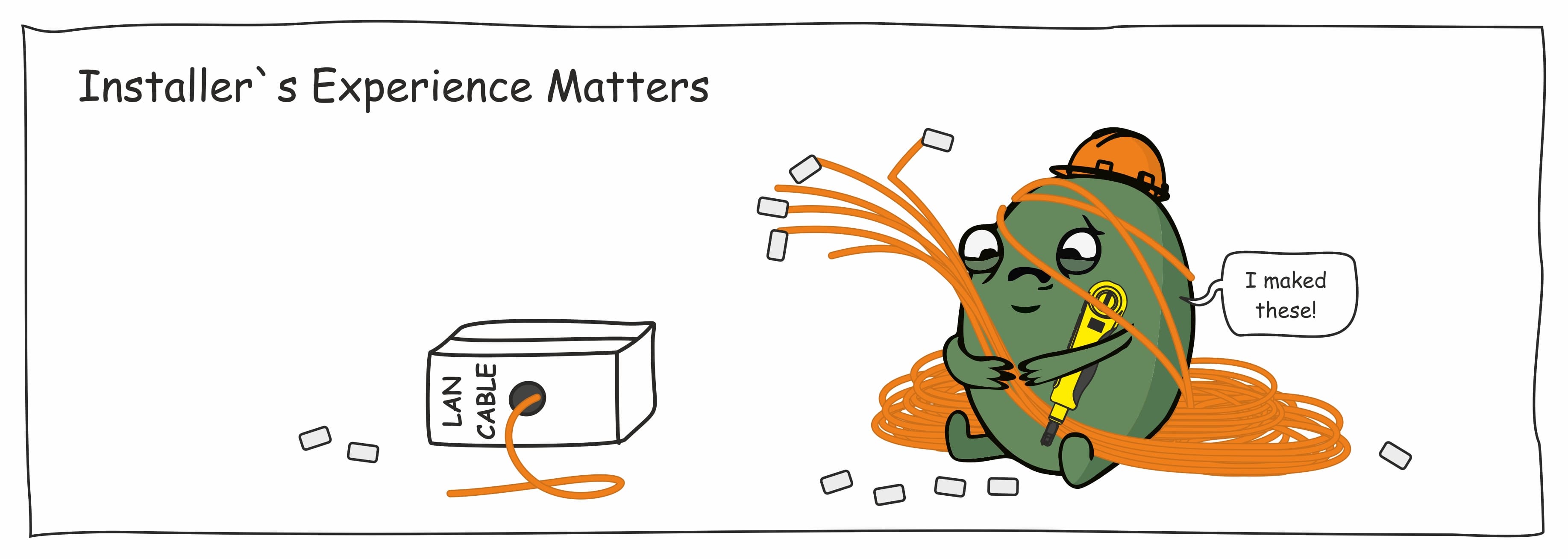
While exploitation degrades a cable’s performance over time, a cable with high margin of transmission performance conforms to the standards for a long time
NEXT measure can drop by 0.5 dB on average. Thus, the cable with high performance margin can be in conformity with its category/application longer. On the other hand, the cable with low performance margin incapacitates rather quickly for high-speed applications use.
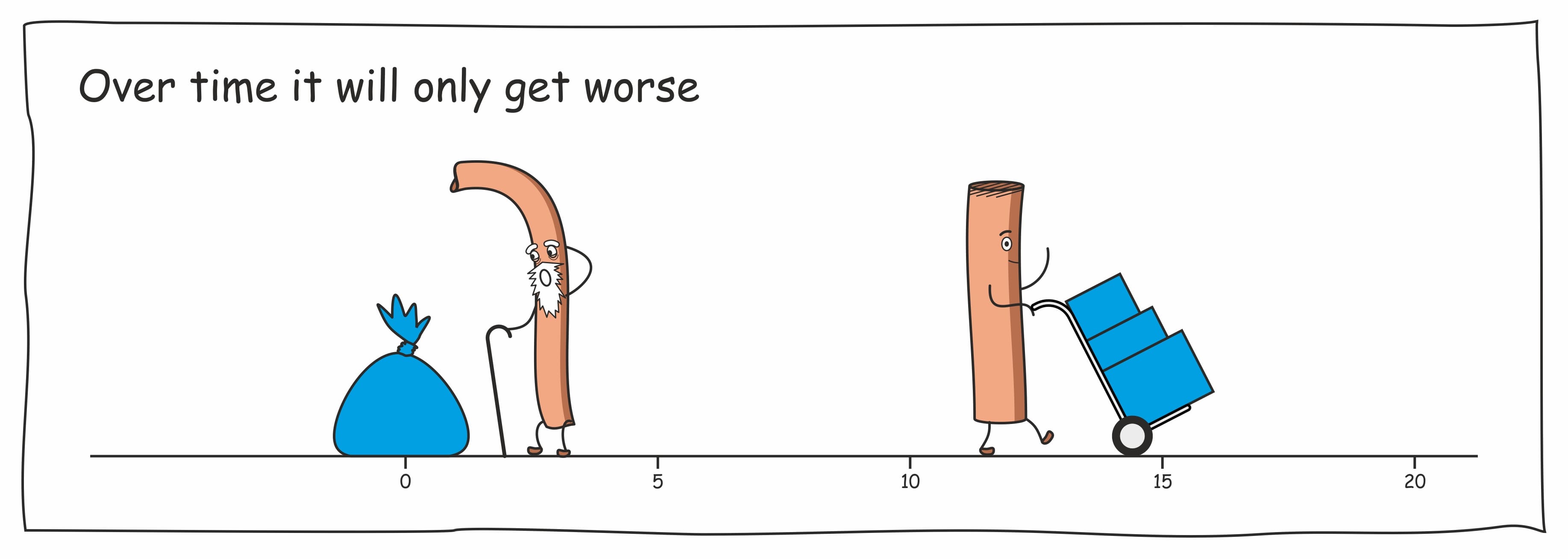
As practice shows, the cable with high margin of transmission performance can transmit signals to distances over 90m
Certainly, we can limit the distance to 90m (for Permanent Link mode) but in everyday life the vast majority of installers will ignore this because they know for sure that the cable can be operated over longer distances just because this cable is of good quality.
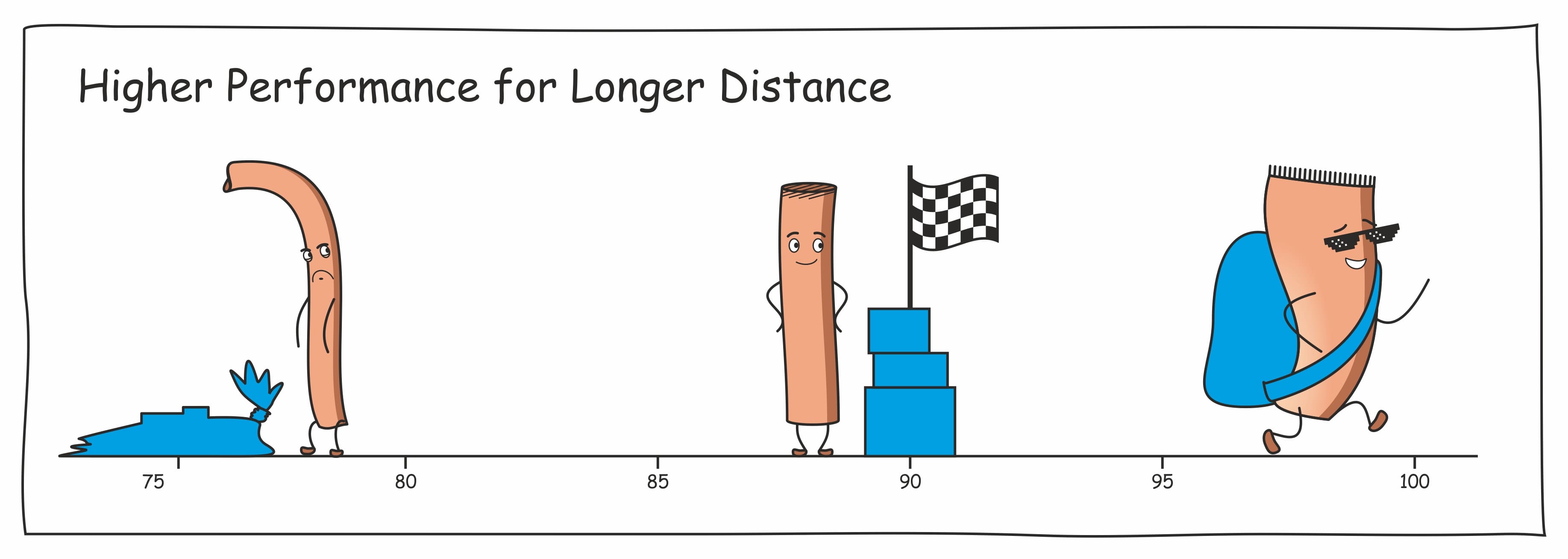
What are the cons then? There is only one, actually: the price. When you find a 24-AWG cable being sold at a very attractive, low price, please raise a question about the conductor’s real thickness. Hopefully, the seller knows the answer and reply to you honestly. Then it becomes your turn to decide on the purchase.
With NIKOMAX, you can always have an honest and transparent information about the specs and features of any product, at any time.
We never hide conductor’s real diameter size for our 24-AWG 5e cat. cables. Moreover, we emphasize this difference as a feature of each of our line-ups.
| 2nd series | 4th series | 9th series |
|---|---|---|
| 0,49 mm | 0,5 mm | 0,511 mm |

Hence, our customers understand the advantages of each series and are sure about what they pay for.